Restarting your Windows 11 computer can help resolve minor glitches and improve overall performance. Whether you're experiencing issues or just want a fresh start, knowing various ways to reboot your system is essential. Below are several methods to restart your Windows 11 PC effectively.
Restart Windows 11 using a keyboard shortcut
Using a keyboard shortcut is one of the fastest ways to restart your computer without navigating through multiple menus.
Follow these steps to restart using a keyboard shortcut:
- Ensure you're on the Desktop. You can quickly access it by pressing Windows + D.
- Press Alt + F4 to open the 'Shut Down Windows' dialog box.
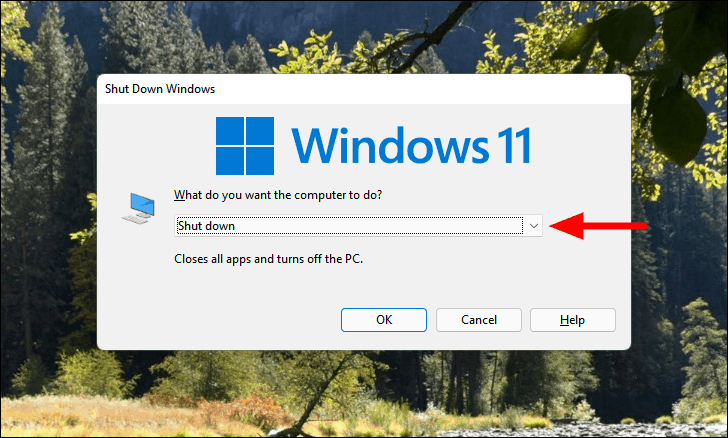
- Click on the dropdown menu to view the available options.
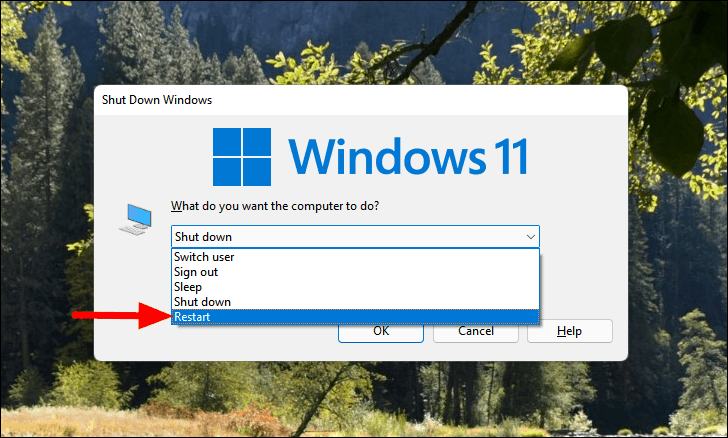
- Select 'Restart' from the list.
- Click 'OK' to reboot your system.
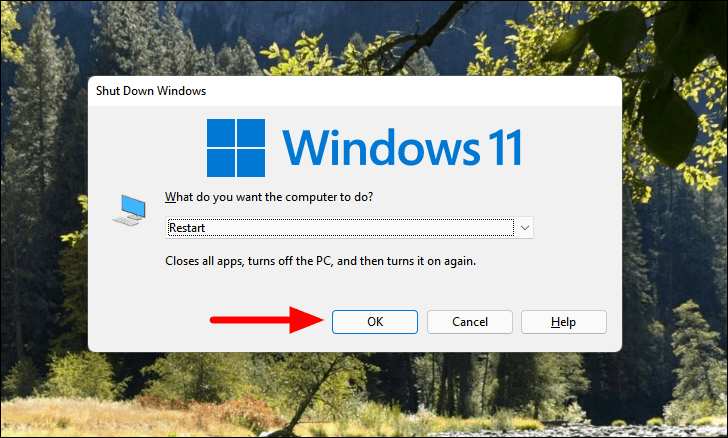
Restart from the Start menu
The Start menu provides a straightforward method to restart your computer.
- Click on the Start icon in the taskbar or press the Windows key to open the Start menu.

- Click on the 'Power' icon at the bottom-right corner of the Start menu.
- Select 'Restart' from the options that appear.

Restart from the Quick Access menu
The Quick Access menu offers another way to restart your system efficiently.
- Right-click on the Start icon in the taskbar or press Windows + X to open the Quick Access menu.
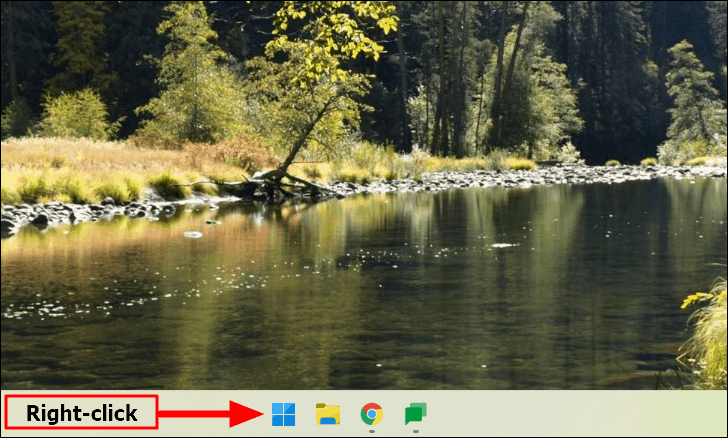
- Hover over 'Shut down or sign out' to expand the options.
- Select 'Restart' from the list.
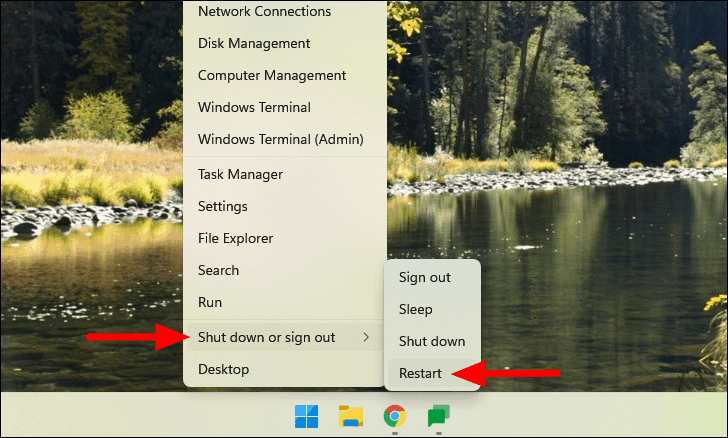
Restart using Ctrl + Alt + Delete
If your system becomes unresponsive, you can use the Ctrl + Alt + Delete screen to restart.
- Press Ctrl + Alt + Delete simultaneously.
- Click on the 'Power' icon at the bottom-right corner of the screen.
- Select 'Restart' from the options.

- Your computer will begin the restart process.

Restart from the sign-in screen
You can restart your computer directly from the sign-in or lock screen without logging in.
- On the sign-in screen, click on the 'Power' icon at the bottom-right corner.
- Select 'Restart' from the menu that appears.
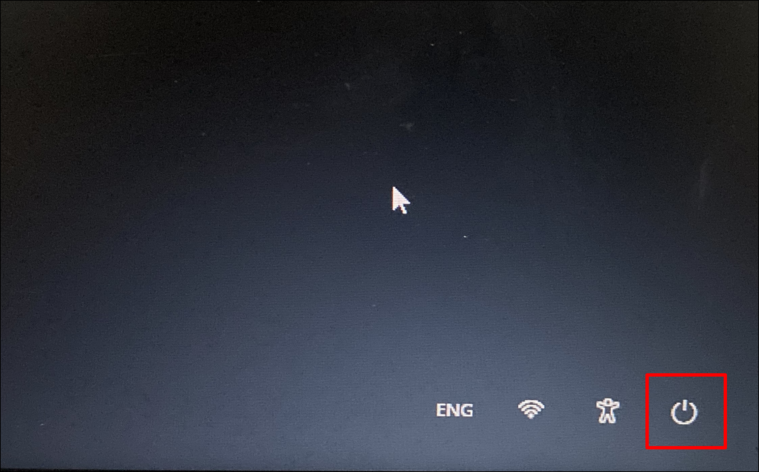
- Your system will restart without needing to sign in.
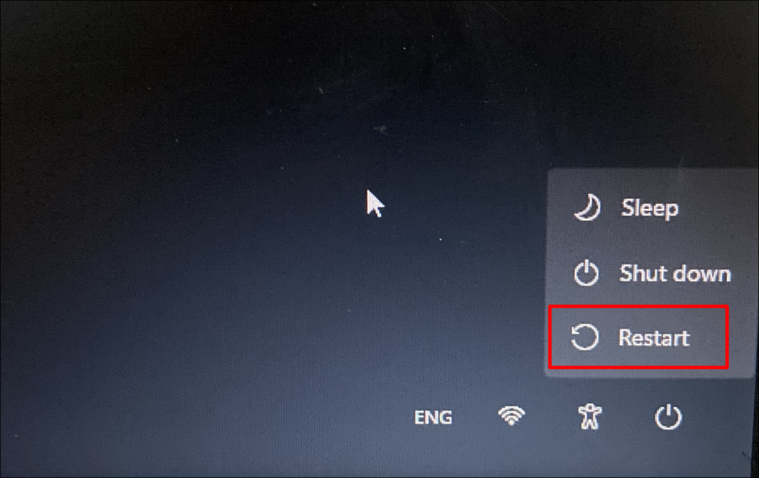
Restart using the Run dialog
The Run dialog allows you to restart your computer using a simple command.
- Press Windows + R to open the Run dialog.
- Type
shutdown /rinto the text field. - Press Enter or click 'OK' to execute the command.
shutdown /r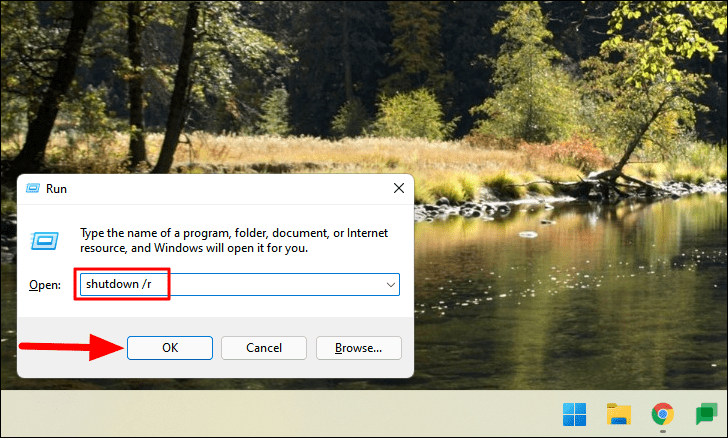
Restart from Command Prompt
You can also restart your system by entering a command in Command Prompt.
- Search for 'Windows Terminal' in the Search menu and open it.

- If Command Prompt isn't the default, click the down arrow at the top and select 'Command Prompt' or press Ctrl + Shift + 2.
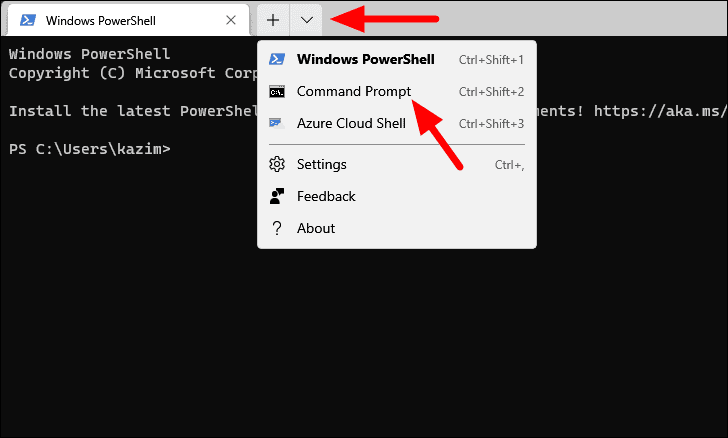
- Type
shutdown /rand press Enter to restart.
shutdown /r
Restart using PowerShell
PowerShell offers a command to restart your system efficiently.
- Open 'Windows Terminal' from the Search menu.

- In the PowerShell window, type
Restart-Computerand press Enter.
Restart-Computer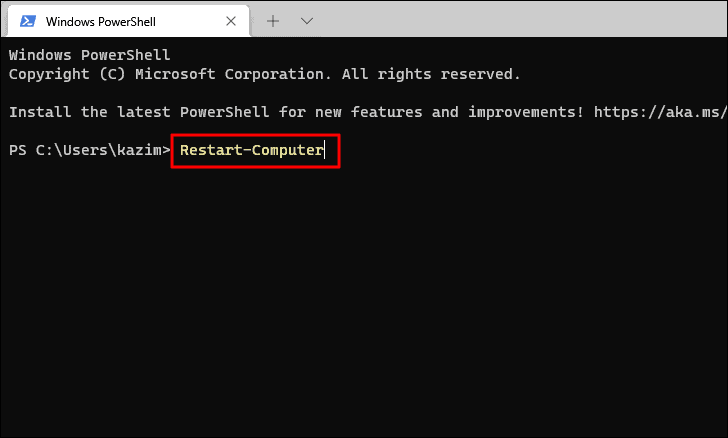
Restart using a batch file
Creating a batch file allows you to restart your computer by simply running the file.
- Right-click on your Desktop, hover over 'New', and select 'Text Document'.
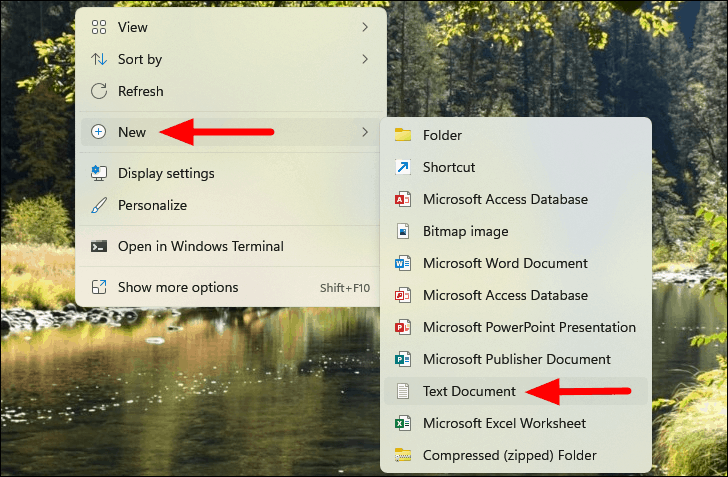
- Open the text file and type the following command:
shutdown.exe /r /t 00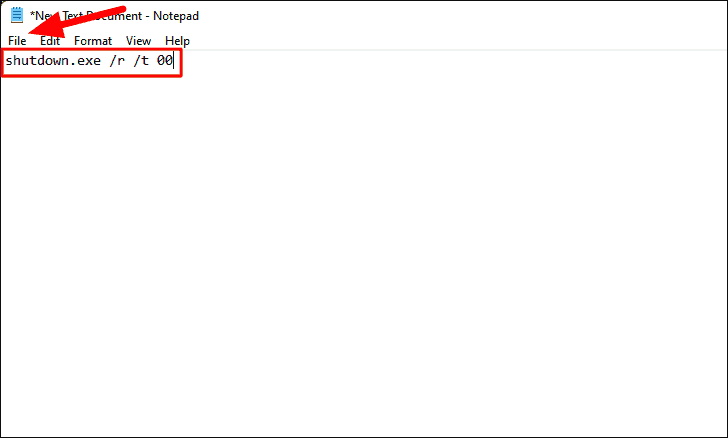
- Click 'File' and choose 'Save As'.

- Name the file 'Restart.bat' and click 'Save'.

- Double-click the batch file to restart your computer immediately.

These methods provide various options to restart your Windows 11 PC, whether you prefer using the keyboard, command line, or graphical interface. Choose the one that best fits your situation for a quick and effective restart.

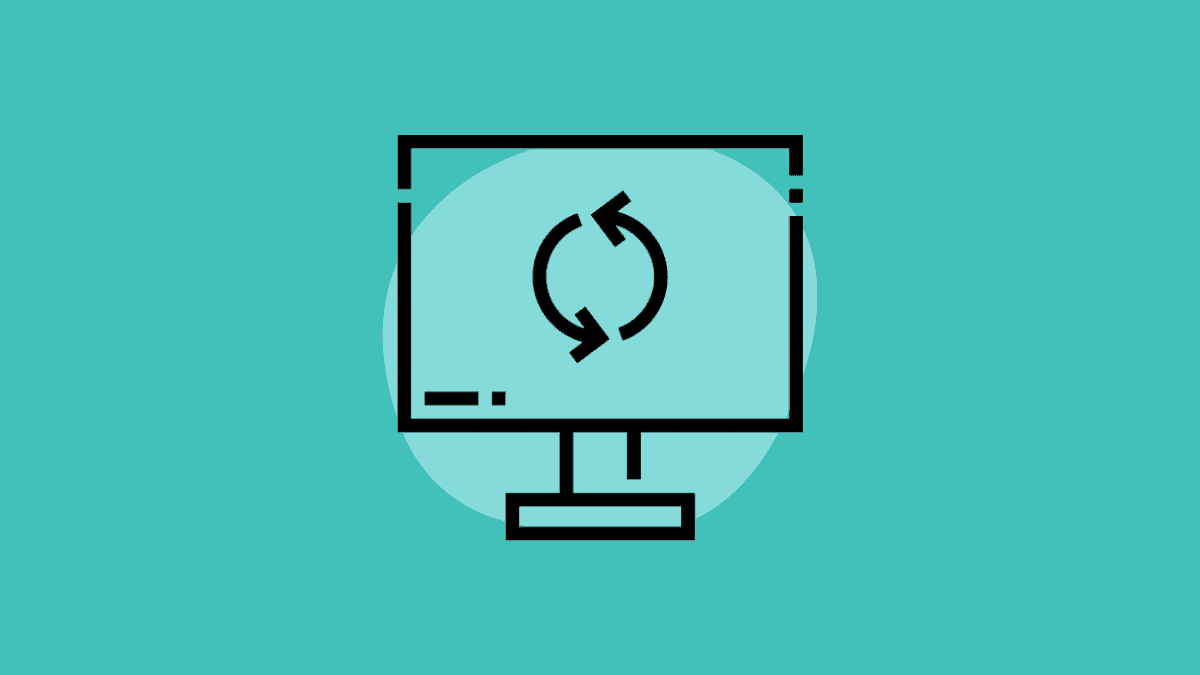



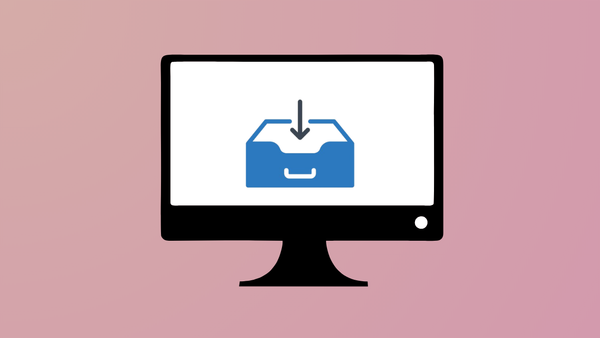

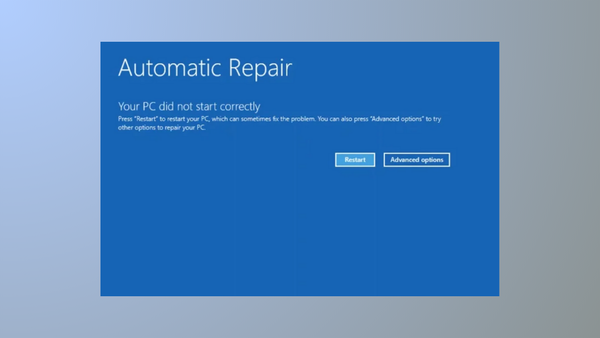
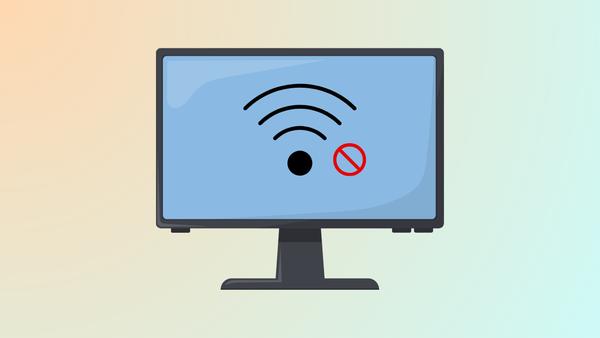

Member discussion